Buddhist art
Buddhist art originated on the Indian subcontinent following the historical life of Siddhartha Gautama, 6th to 5th century BC, and thereafter evolved by contact with other cultures as it spread throughout Asia and the world.
Buddhist art followed believers as the dharma spread, adapted, and
evolved in each new host country. It developed to the north through Central Asia and into Eastern Asia to form the Northern branch of Buddhist art, and to the east as far as Southeast Asia to form the Southern branch of Buddhist art. In India, Buddhist art flourished and even influenced the development of Hindu art, until Buddhism nearly disappeared in India around the 10th century due in part to the vigorous expansion of Islam alongside Hinduism.
Statue from a Buddhist monastery, 700 AD, Afghanistan
Tang Bodhisattva.
Scroll calligraphy of Bodhidharma "Zen points directly to the human heart, see into your nature and become Buddha", by Hakuin Ekaku (1686 to 1769)
Yama (mid-17th? – early 18th century, Tibet)
The boy Buddha rising up from lotus. Crimson and gilded wood, Trần-Hồ dynasty, Vietnam, 14th-15th century
A Cambodian Buddha, 14th century
A Mandalay-style statue of Buddha
A Buddha in Borobudur.
A detailed carved relief stone from Borobudur.
The statue of Prajñāpāramitā from Singhasari, East Java.
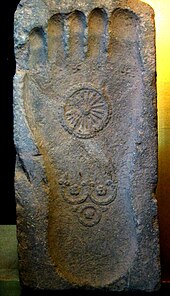



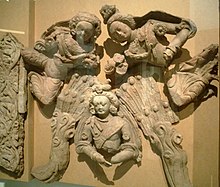
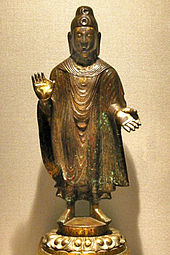
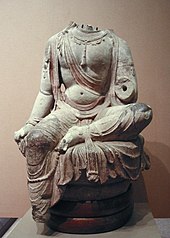

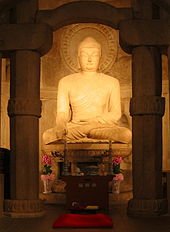


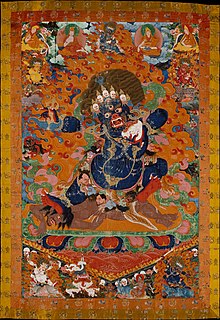








No comments:
Post a Comment